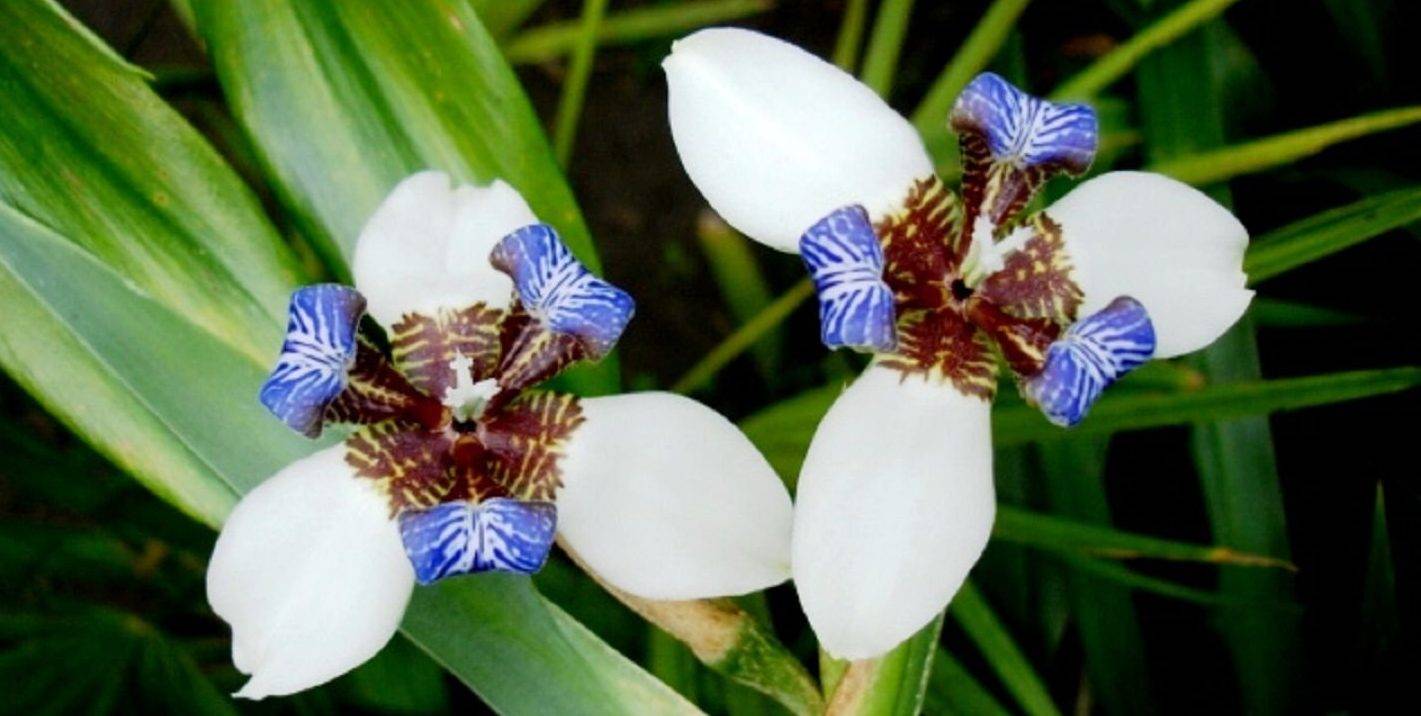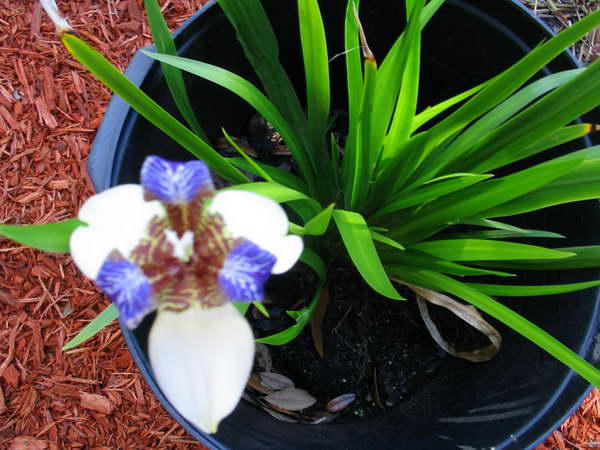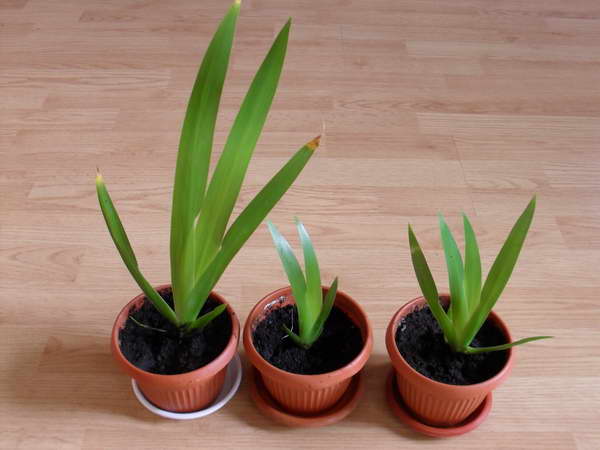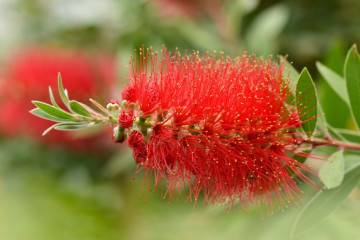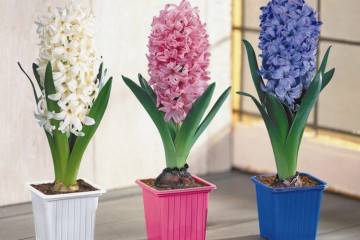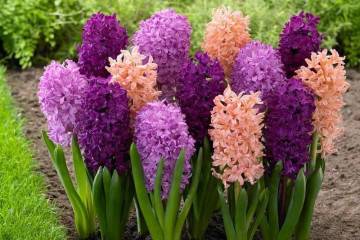Neomarika walking iris: home care and examples of popular varieties
Content:
In the wild, neomarica grows in the forests of Brazil - this is its homeland. Less common in the subtropics of Central America and Africa. A genus of the Irisov family. Neomarika got its name from the name of the ancient Greek nymph Marica. In some regions, the flower is called the apostolic iris, because, according to some observations, it releases its first bud after 12 leaves (the number of the Apostles). This, of course, is not a rule - there are exceptions.
Neomarika: walking iris
In Russia, neomarik flowers are grown in open ground only in the southern regions, since at low temperatures (less than 15 degrees) the entire root of the plant can die.
In colder areas, neomarika is planted outside in pots, which are brought into warm rooms for the winter.
There are at least 20 varieties - the most famous of them are:
- Neomarica gracilis - translated as "slender neomarika" - the most famous variety. The leaves reach 60 cm. Flowers are white below, blue above with a burgundy core. The diameter of the inflorescence is on average 11 cm, sometimes up to 13 buds come out of one peduncle, the flowering period is from morning to evening. Blooms all summer.
- Neomarica variegated (variegated) - stands out among other leaves - green with white stripes.
- Neomarica northiana (northern) - with huge leaves, growing up to a meter in height, and petals of various shades (from pink to lavender).
- Neomarica candida (straight) - similar to "slender", with one difference - its petals are paler.
- Neomarica longifalia (long-leaved) - with flat, wide, green-blue leaves. Stems are tough, petals of lemon shades up to 5 cm in size with brown stripes.
- Neomarica guttata (guta-percha) - lover of shady places. The leaves grow no more than 50 cm in height, its distinctive feature is lilac specks on white petals.
Neomarika: home care
This plant does not require complex care, it feels great in the room.
Watering
Starting in spring, when the air temperature rises, water abundantly, as soon as it is going to bloom and flowers will appear - every 3 days.
From mid-October, watering should be reduced to 1 time per week, in winter - when the soil is completely dry. Proper watering will preserve the flower.
Humidity
A native of a subtropical climate loves moderate air humidity. Subject to the basic rules, neomarika will delight with its flowers until autumn.
Summer is more difficult for her, she needs more careful supervision during the hot months:
- more often you need to spray the leaves from the spray bottle;
- wash off accumulated dust;
- arranging a little rain in the bathroom so that water does not fall on the inflorescences.
Florists say that it can adapt to dry air and will not die.
The soil
It is better to take the soil for indoor iris light, airy, well-permeable to moisture. Prepare yourself based on:
- Perlite (coarse sand) - 1 part.
- Land from the garden - 3 parts.
- Peat - 1 part.
All components are available from flower shops.
Temperature
When growing this iris, one must not forget that closer to the autumn months, the temperature regime of its content must be reduced to 10 degrees.
Place in a cooler place. If you leave it warm, then in the spring the ovary will not bloom.
Lighting
Neomarika loves bright light, but will get burns from direct sunlight.The most suitable place for a pot is a west or east window.
In winter, you can use special lamps (phytolamps) for illumination.
Plant transplant
Iris is a home flower that requires a specific substrate for successful growth and flowering. Neomarica is transplanted into a special substrate.
It is better to take clay pots, not high, since the roots of the iris are located in the upper part of the soil. At the bottom of the drainage pot, a layer of expanded clay is laid, then the prepared soil.
When transplanting, together with the roots, the stem deepens by 5 - 6 cm.
An adult specimen, if overgrown, must be divided.
Reproduction methods
In the wild, reproduction occurs in an unusual way: the inflorescence on a long stem, under its own weight and due to dew drops, sinks to the surface of the earth. In place of the fallen bud, shoots grow, which take root, forming a new life. At home, neomarica is propagated by dividing a bush or rooting children.
By dividing the bush
The plant can be propagated independently, when transplanting into new soil, separating one specimen from the mother bush with a sharp knife and planting it in a prepared pot (his new home).
Sections need to be processed with crushed charcoal.
The separated bush must have at least three growth points, otherwise it will die. Neomarika, if you take good care of her, will quickly come to her senses.
Rooting babies
Prepare a small pot, place it next to an adult flower, where the shoot has formed. By tilting the stem, fix it in the ground (you can use a paper clip).
After three weeks, when good leaves appear, you need to carefully cut the stem and separate it from the peduncle.
You need to transplant the bushes with gloves or wash your hands well at the end of the work. Do not put a flower in the nursery and do not allow animals to gnaw it.
Neomarika is unpretentious in care, but nevertheless requires regular attention to itself. Even beginners can grow such a flower. The main thing is to ensure that small children and animals are not interested in the plant.
